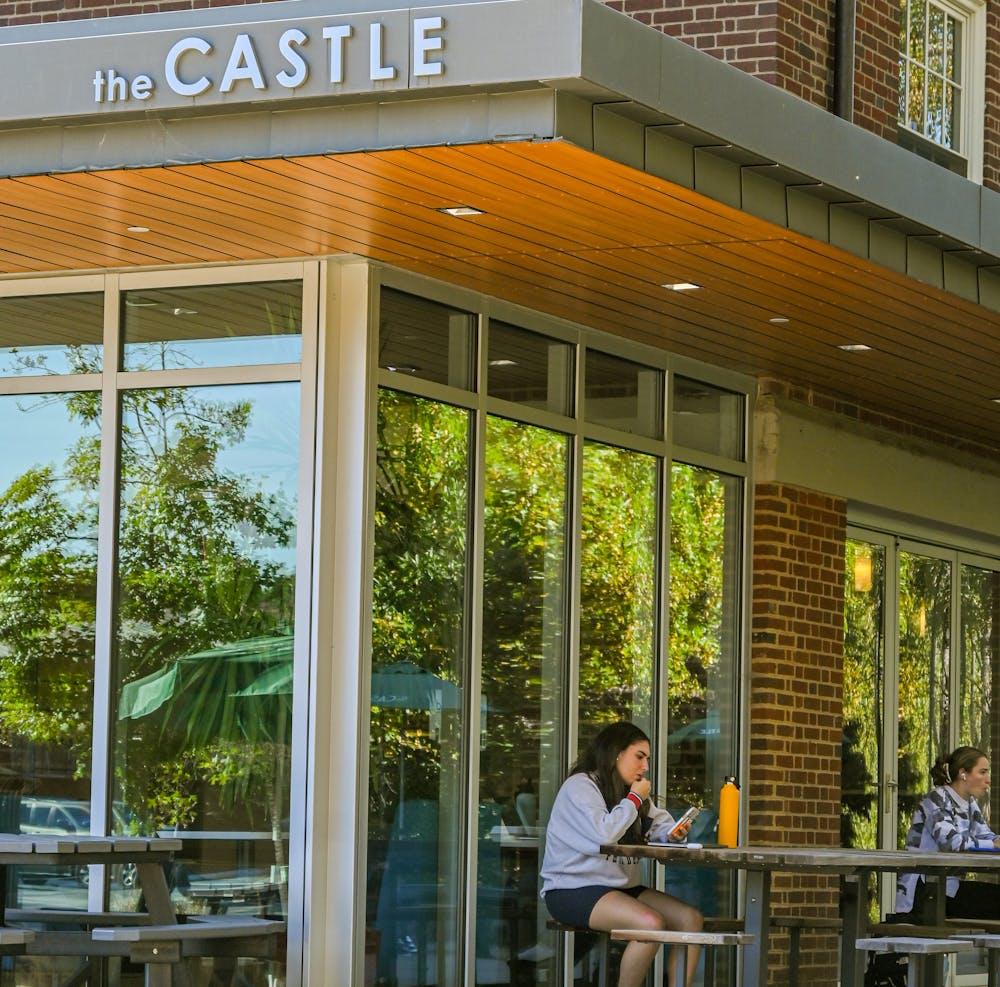“Eat your vegetables” is a phrase we have heard since we were children. And though your parents or doctors might have bothered you by repeating this saying, it is absolutely true. Vegetables provide the body with vitamins, fiber and other nutrients essential for life. And while some of these nutrients can be gathered from other sources, it is often difficult or expensive to obtain supplements in high enough quantities to ensure the same benefits. At the University, not only is healthy eating often expensive, but it is incredibly difficult to come by. Through advertising on the U.Va. Dining's website, it claims that it is committed to “empowering you to make the healthy choices you’re looking for,” as well as passionate about “dining programs that make it easy to eat well.” After reviewing its practices, there is little evidence that holds up that mission statement. Simply put, more needs to be done to ensure that students can make healthy choices at low or no additional cost, and at the moment, there is only minimal progress.
The University and its dining company, Aramark, took a monumental step towards achieving healthy and sustainable eating on Grounds in 2019. Aramark chose to reinvent “the Castle,” a restaurant option adjacent to Bonnycastle House on McCormick Road. The Castle upgraded its meal options and earned itself a Green Restaurant certification by pursuing sustainable and increasingly plant-based practices and menu items. The reasoning for this pivot was students’ requests for more nutritious foods that had vegetarian or vegan options. The University and Aramark responded with this change to the Castle, hoping to address concern over the availability of plant-based and healthy options.
But with 18,000 undergraduate students on Grounds and limited hours, the Castle is not prepared to stand alone in supporting the University’s pledge to dining programs that make it easy to eat healthy. And according to the University’s dining website, while all three dining halls have a Green Restaurant certification, only two out of the nine meal locations coined “restaurants” have that credential. Of course, there are other options to eat healthy on Grounds. One extremely popular location is The Juice Laundry, a smoothie and juicery that boasts locations at Newcomb Hall, the Aquatic and Fitness Center and an off-Grounds location on Preston Avenue. The store’s mission is to ensure transparency in their ingredients by listing them in large lettering and having an open, visible prep area for customers. Some might ask — at what cost? It certainly is not pocket change to purchase a bottle of juice at The Juice Laundry, with costs starting at roughly $11 per bottle. The University’s inclusion of The Juice Laundry on dining plans shows that it may be committed to empowering students to make healthy choices, but these choices come at a cost.
Not every restaurant on Grounds requires money for its food. Students with a meal plan have the option of using meal “exchanges,” which allow them to choose from pre-set menu options that come at no additional cost. But upon examination of the menus for each of these places, I find that healthy options are sparse. At West Range Cafe, the two meal exchange choices that could be considered healthy — a salad and a caesar wrap — often sell out by the middle of lunch time. The other options are chicken tenders and fries, a grilled cheese or a NoBull burger — not exactly the most nutritious foods that college students might be searching for.
The reality of the situation remains that, no matter where students live, they spend most of their time on Grounds and either have to pay an excessive amount of money, eat exclusively at dining halls or drive to a grocery store themselves to get food containing fresh fruit and vegetables. That is, of course, unless one wants to eat at the Castle every day of the week — albeit not on the weekends, when the restaurant is closed. For first-year students without cars — or upper-class students without meal plans — this means an even more complicated search for healthy options. It is impossible to notice a striking contradiction to the statement made about health and wellness on the University’s dining website. Does the University empower students to eat well? By providing meal exchange options that feature fried or vegetable-absent food, the answer is a definite no. As for the other part of the statement, the dining service claims it is passionate about “dining programs that make it easy to eat well.” Based on the evidence reviewed, it is anything but easy to eat well while living on Grounds.
If the University wants to commit to its mission statement about health and wellness, it need not look any further than current establishments. There is no need to build new restaurants, just take the same approach it took at the Castle and revamp its menus. With a mission and a method already in place, the University simply needs to follow through.
Ford McCracken is a Viewpoint Writer who writes about University administration for The Cavalier Daily. He can be reached at opinion@cavalierdaily.com.
The opinions expressed in this column are not necessarily those of The Cavalier Daily. Columns represent the views of the authors alone.







